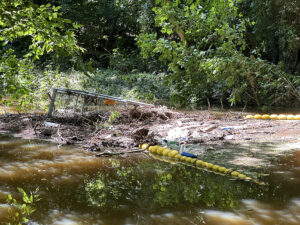News
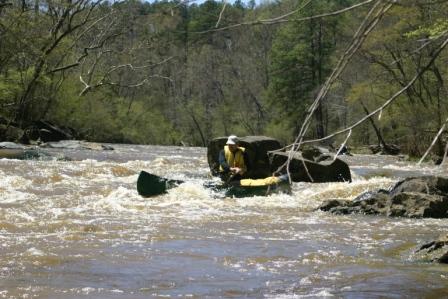
The Tar-Pamlico River has two ecologically distinct regions within the same river, the “Upper Tar” and “Lower Tar-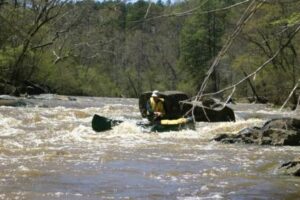 Pamlico”. That dividing line is near Washington, NC where the river transitions from freshwater to brackish water and subsequently changes names from the Tar River to the Pamlico River. This 180 mile river begins in Person, Granville, and Vance counties and flows in a southeasterly direction, crossing from the piedmont into the coastal plain near Rocky Mount.
Pamlico”. That dividing line is near Washington, NC where the river transitions from freshwater to brackish water and subsequently changes names from the Tar River to the Pamlico River. This 180 mile river begins in Person, Granville, and Vance counties and flows in a southeasterly direction, crossing from the piedmont into the coastal plain near Rocky Mount.
This region is rich in culture and history. The Native American Haliwa-Saponi tribe dates back to 1670 in the area. The historical production of cotton, grains, livestock, lumber, pine-tar, and tobacco have long supported the economy of the region. The seclusion and untouched nature of much of the Upper Tar continue to make it a serene and desired destination in areas such as Medoc Mountain State Park and Wilton Slopes.
The Upper Tar has a rich tradition of farming. The state of North Carolina’s largest tobacco-producing county is Pitt County. Nash County is a central hub to sweet potato production, helping NC to be known as the #1 sweet potato state in the nation. However, with extensive amounts of farming, come concerns about the environmental problems associated with nutrient runoff and other contaminants reaching our waterways. That is why Sound Rivers works with numerous partners to address today’s challenges.
The Upper Tar- Thing to Know!
Population: 398,581 for the Tar River basin area
Places to See: Wilton Slopes, Medoc Mountain State Park, Tar River Reservoir Dam, Rocky Mount Mills, Sylvan Heights Bird Park
Rare Fauna: 10 rare mussels, 3 rare fish, 2 rare birds, 1 rare amphibian call the upper Tar home.
Related News
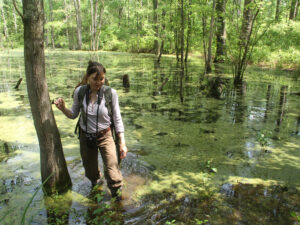
Public hearing will determine the fate of many NC wetlands
June 26th 2025
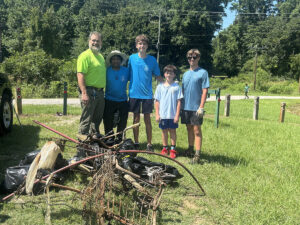
Clayton gets first official trash-trap cleanout
June 25th 2025
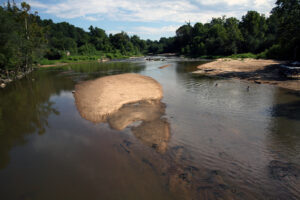
Bill passed by NC House threatens public health, environment
June 25th 2025

Riverkeeper talks programs with Oriental Rotary Club
June 25th 2025

Riverkeeper, intern scout Smithfield trash trap locations
June 25th 2025
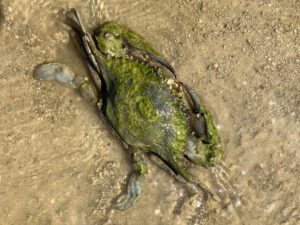
Fish kill reported on the Neuse
June 19th 2025
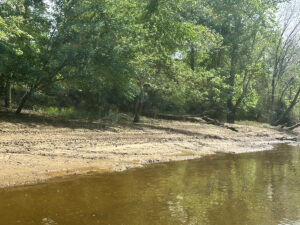
Riverkeeper meets with ATV park attorney
June 19th 2025

Riverkeeper samples scene of Rocky Mount sewer spills
June 19th 2025
